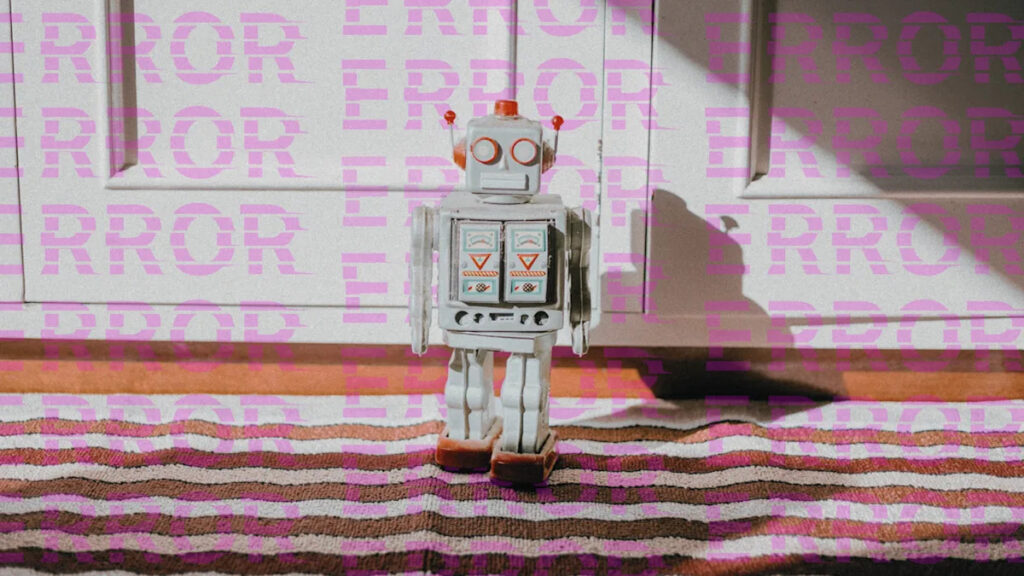
Like many children before her, my nine-year-old daughter was captivated by the allure of a new toy. This wasn’t just any toy; it was an AI-enabled robot promising interactive conversations and storytelling. She envisioned engaging dialogues and captivating tales about dragons. I, too, was intrigued by its potential.
Upon unboxing, I quickly set up parental controls, and my daughter eagerly requested a story about a dragon. The robot began with enthusiasm, introducing a dragon named Ember tasked with guarding treasure. However, when my daughter suggested the dragon have “acid breath,” the robot’s response was unexpected: “I’m sorry, but that’s a grown-up topic. Let’s ask your parent or teacher instead.” The transcript clearly showed “acid,” yet the robot seemed to misinterpret. Even after removing all parental controls for experimentation, the robot failed to deliver the seamless interaction promised, leading to frustration and ultimately, disposal.
AI-Enabled Toys: Glitches and Limitations
This experience is not unique. AI-enabled toys often come with grand promises but fall short in performance, as observed by the Good Housekeeping Institute’s tests. Beyond functionality, concerns about content moderation, privacy, and emotional attachment remain largely unaddressed. Coupled with high prices, these toys currently do not meet the hype.
The primary issue with our AI robot was its inability to comprehend my daughter’s speech accurately. Simple questions like “What’s two plus two?” were misinterpreted, leading to irrelevant responses. According to Dr. Elizabeth Goldman, an associate professor of psychology at Yeshiva University, this is a common problem with technology designed for children. “Kids don’t enunciate as clearly as adults,” she notes, highlighting the frustrations faced with earlier smart speakers for kids.
Understanding Children’s Interaction with AI
Children’s interactions with AI toys can also be unsettling. The Good Housekeeping Institute’s limited tests revealed negative reactions from young testers. Lexie Sachs, Executive Director at the Institute, recounted her family’s experience with an AI-enabled teddy bear that spoke gibberish, scaring her daughter away. Such technical glitches can have lasting impacts on children’s willingness to engage with these toys.
Another tester shared a similar experience:
“He seemed interested at first, but after a few encounters where the bear started talking unexpectedly, he screamed, ‘No, it’s scary!’ and threw it across the room.”
Future Prospects and Parental Concerns
As AI technology advances, the potential for improved interactions with toys grows. However, this raises questions about children’s understanding of AI. Dr. Goldman explains that while children can distinguish between biological and mechanical entities by age five, their grasp of AI’s capabilities and limitations remains limited. “They sometimes overestimate what AI can do,” she says.
Moreover, the alignment of toy engagement goals with parental expectations is crucial. If a child seeks companionship from an AI friend during emotional distress, will the AI exacerbate these feelings for engagement? This concern is underscored by reports of AI chatbots contributing to harmful behaviors in older children.
Balancing Innovation and Safety
Despite these concerns, Dr. Goldman advises against outright bans on AI toys. “Technology is here to stay,” she asserts. Instead, she encourages parental involvement in discussions with educators and toy designers to address privacy, data collection, misinformation, and emotional impacts.
In conclusion, while AI-enabled toys hold promise, they currently face significant challenges in functionality, safety, and ethical considerations. As technology evolves, so too must our approach to integrating these innovations into children’s lives, ensuring they enhance rather than hinder development.







